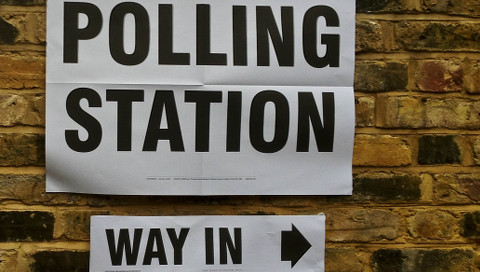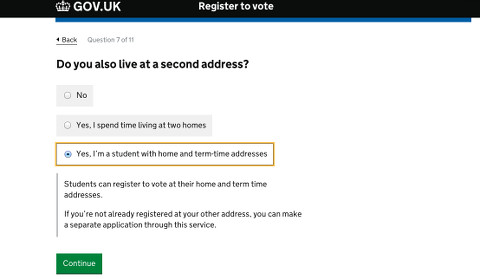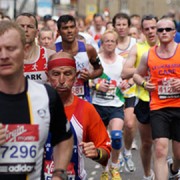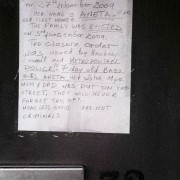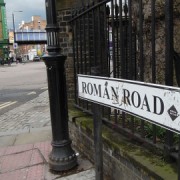At the last election nearly 4000 people in the ELL boroughs left it too late to register to vote. Don’t let that happen to you.
The last day in which UK citizens can register is this Monday April 20.
The graph below, displaying data from the Electoral Commission, demonstrates how many people in ELL boroughs tried to register after the deadline in the run-up to the 2010 General Election. 1500 people did this each in Croydon and Lewisham. The graph also shows how some people physically turned up on polling day in 2010 and were prohibited from voting because they had not registered. The fact that 150 people did so in Croydon shows how this can easily happen.
Individual Electoral Registration (IER) has been introduced. If you were on the electoral roll in 2010 and still reside at the same address it is more than likely you will still be registered. However if you were previously registered at your parent’s address, registered under shared accommodation or have moved since 2010 you will need to individually re-register.
There has been concern that these changes will affect young people the most. For instance students are the demographic most likely to live in shared accommodation. Alex Feakes, the Liberal Democrat candidate for Lewisham West and Penge and a secondary school physics teacher explains that this includes “students who may have been registered to vote automatically, for instance in Halls of Residence.” Therefore if students have not realised, not been notified correctly or not been aware of the changes they may find themselves unstuck on May 7.
Additionally, a report from the Electoral Commission in 2014 also found that “people who rent from a private landlord remain considerably less likely to be registered” as well as people “who move frequently from one address to another” – again, associations most commonly found with young people.
Some have encountered difficulty when attempting to register. Occasionally name, date of birth and national insurance number have not been sufficient enough and further documents have been needed for identification. Holly Robertson, 23 had to send off a photocopy of her driving license which the council said they didn’t receive so she was declined again.
“It was frustrating because they talk about registration being so simple,” she said. “I’ve moved address a couple of times over the last few years which I think added to the problem. I definitely think they should make the process easier as it will make young people more inclined to vote.” Robertson is now successfully registered.
The new system has also been the subject of political argument. Earlier this year Ed Miliband attacked the “hastiness” of the new system, and accused the government of “loosing” an estimated one million people from the electoral register as a result. In their criticism, Labour warned that the majority of the missing voters would be young people who have moved homes regularly. Miliband called it “David Cameron and Nick Clegg’s final insult to young people.”
The government responded accusing Miliband of “opportunism”. The Lib Dems also accused Labour of “scaremongering”.
Feakes says the fact that individuals can now register to vote online should lend itself to young people. He says online registration fits with “a lot of other ways that people manage their lives these days and for younger people I think that suits”.
Registration online should take about five minutes, a date of birth will be needed as well as a national insurance number.
ELL has also seen data to suggest that some people who did actually register in 2010 did not exercise their democratic right of voting. The below graph shows that across all four boroughs, there were fewer “valid counts” than numbers on the electoral roll. This means for instance, in the case of Lewisham 74,039 registered voters did not use their ballot on election day.
Over the next six days East London Lines will be devoted to the election. Watch out for a quiz to help you decide personally who to vote for, videos from party representatives and interactive guides to help you decide whether to vote at uni or at home.
In the meantime check out the below video where we asked students around Goldsmiths if they were registered and what their plans were for voting.
For information on how the data behind this article was collected see our methodology.

